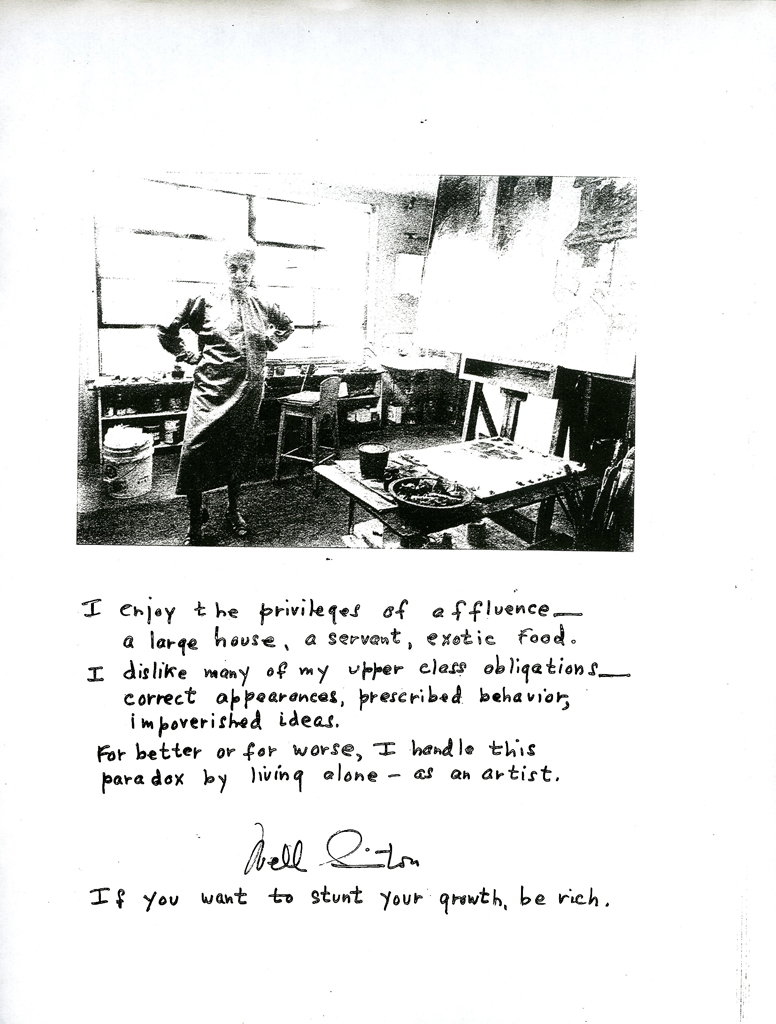

Toward modern inhalational bacteriophage therapy: nebulization of bacteriophages of Burkholderia cepacia complex. Golshahi L, Seed KD, Dennis JJ, Finlay WH. Manufacturing and device options for the delivery of biotherapeutics.

Hoe S, Boraey MA, Ivey JW, Finlay WH, Vehring R. Phage therapy in clinical practice: treatment of human infections. Kutter E, de Vos D, Gvasalia G, Alavidze Z, Gogokhia L, Kuhl S, et al. Respirable bacteriophages for the treatment of bacterial lung infections. Hoe S, Semler DD, Goudie AD, Lynch KH, Matinkhoo S, Finlay WH, et al. Bacteriophages: biology and applications. Drug delivery systems for tuberculosis prevention and treatment. In: Hickey AJ, Misra A, Fourie PB, editors. Respirable bacteriophage aerosols for the prevention and treatment of tuberculosis. Taking bacteriophage therapy seriously: a moral argument. Verbeken G, Huys I, Pirnay J-P, Jennes S, Chanishvili N, Scheres J, et al. Bacteriophages as potential new therapeutics to replace or supplement antibiotics. Ībedon ST, Kuhl SJ, Blasdel BG, Kutter EM. Drug-resistant TB: Totally drug-resistant TB FAQ. Totally drug-resistant tuberculosis in India. Udwadia ZF, Amale RA, Ajbani KK, Rodrigues C. Multidrug-resistant tuberculosis (MDR-TB): 2016 Update. The vibrating mesh nebulizer is recommended for animal inhalation studies requiring large amounts of D29 aerosol, whereas the soft mist inhaler may be useful for self-administration of D29 aerosol. The jet nebulizer was not a good choice for aerosolizing phage D29 under the tested conditions, due to substantial titer reduction likely occurring during droplet production. Conclusionsĭelivering active phage requires a prudent choice of inhalation device. Active phage delivery rate was significantly greater ( p < 0.01) for the vibrating mesh nebulizer (3.3x10 8 ± 0.8x10 8 pfu/min) than for the jet nebulizer (5.4x10 4 ± 1.3x10 4 pfu/min). Respective titer reductions for the vibrating mesh nebulizer, jet nebulizer, and soft mist inhaler were 0.4 ± 0.1, 3.7 ± 0.1, and 0.6 ± 0.3 log 10(pfu/mL). Full-plate plaque assays, performed in triplicate at multiple dilution levels with the surrogate host Mycobacterium smegmatis, were used to quantify phage titer. Filters captured the aerosolized saline D29 preparation emitted from three types of inhalation devices: 1) vibrating mesh nebulizer 2) jet nebulizer 3) soft mist inhaler. Phage D29 lysate was amplified to a titer of 11.8 ± 0.3 log 10(pfu/mL) and diluted 1:100 in isotonic saline. To compare titer reduction and delivery rate of active anti-tuberculosis bacteriophage (phage) D29 with three inhalation devices.


 0 kommentar(er)
0 kommentar(er)
